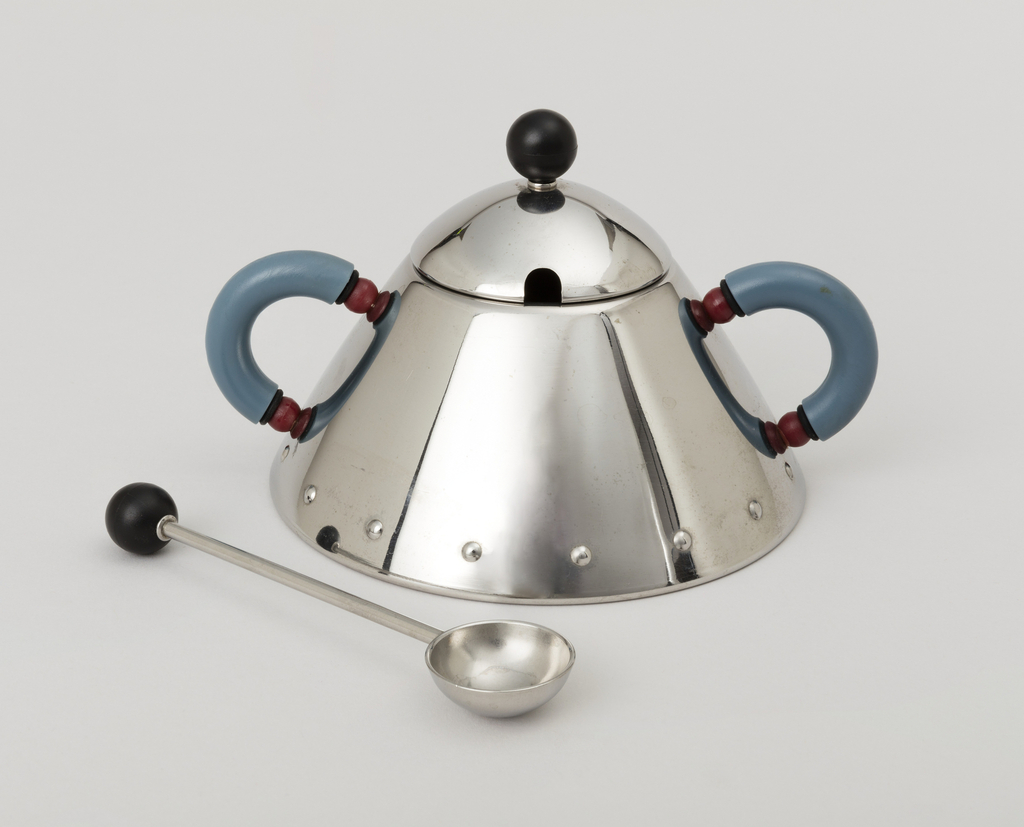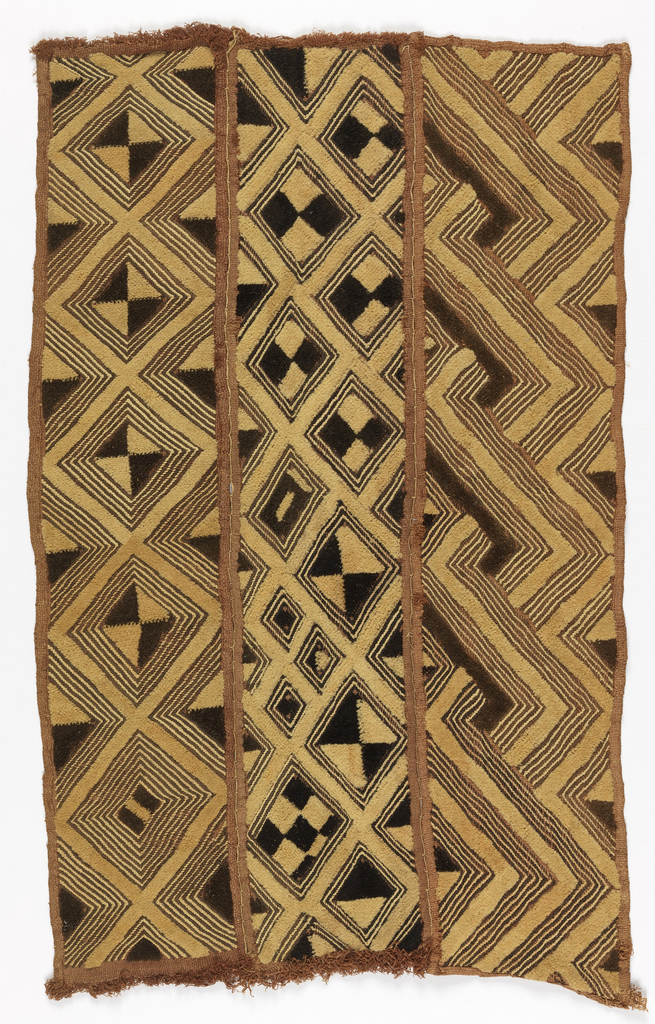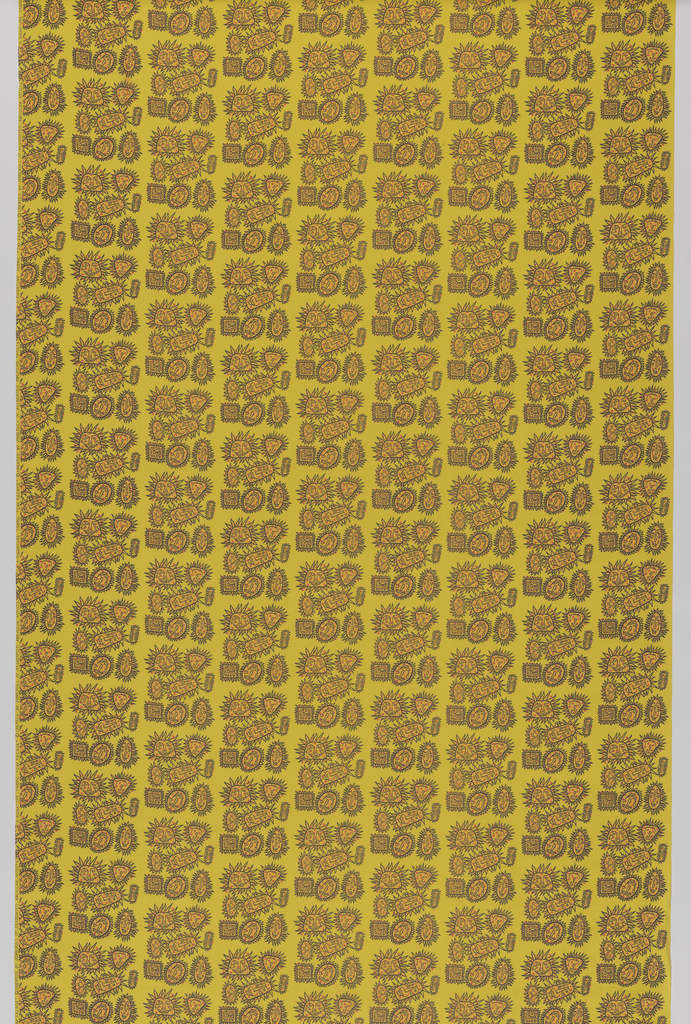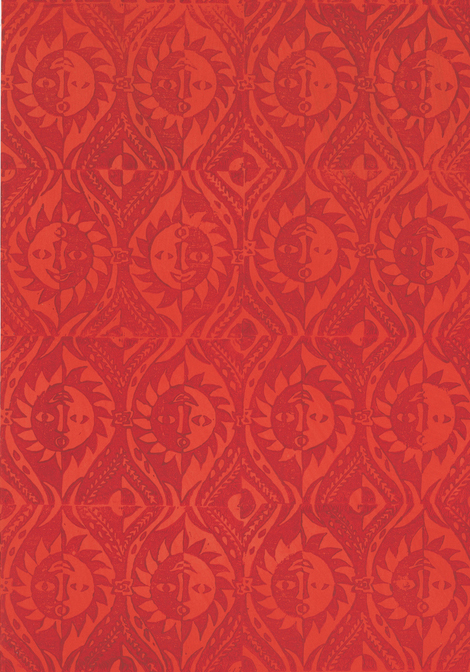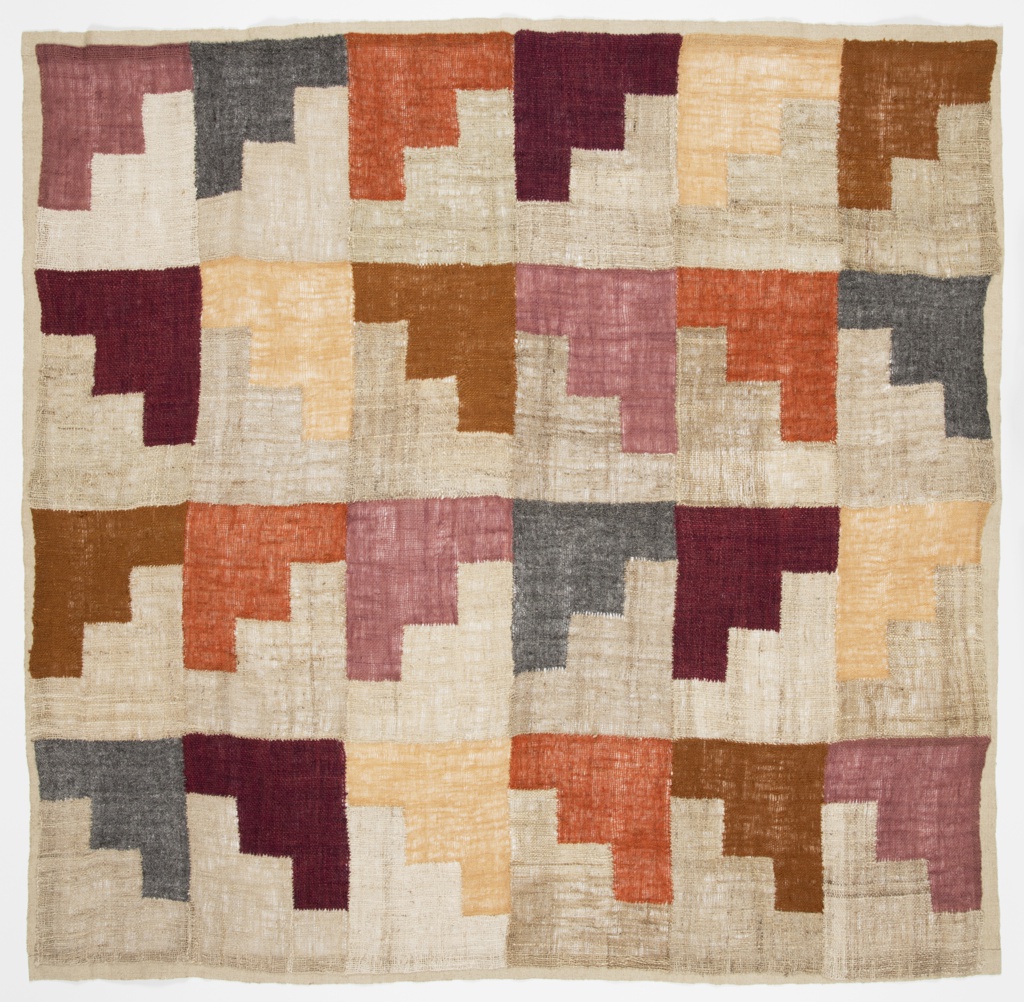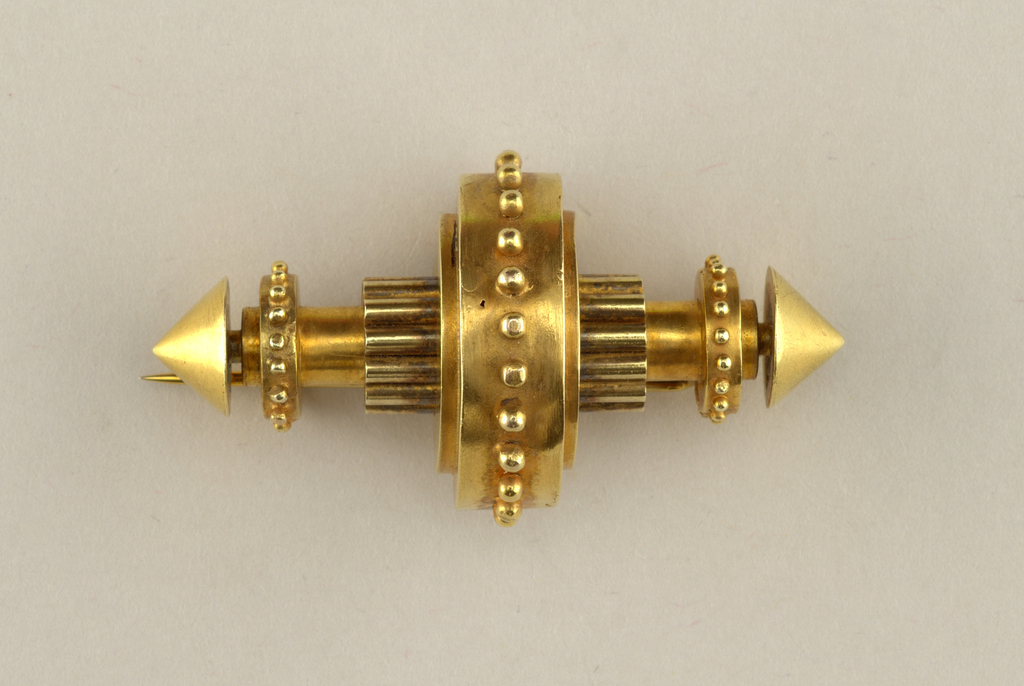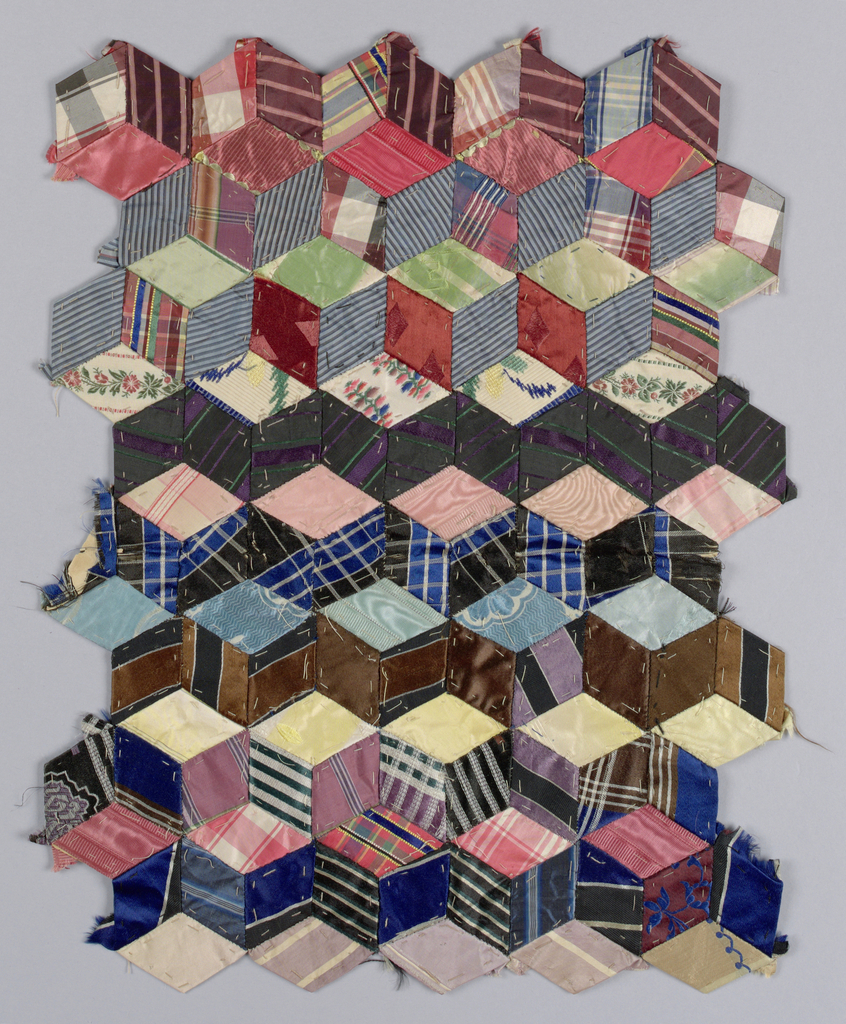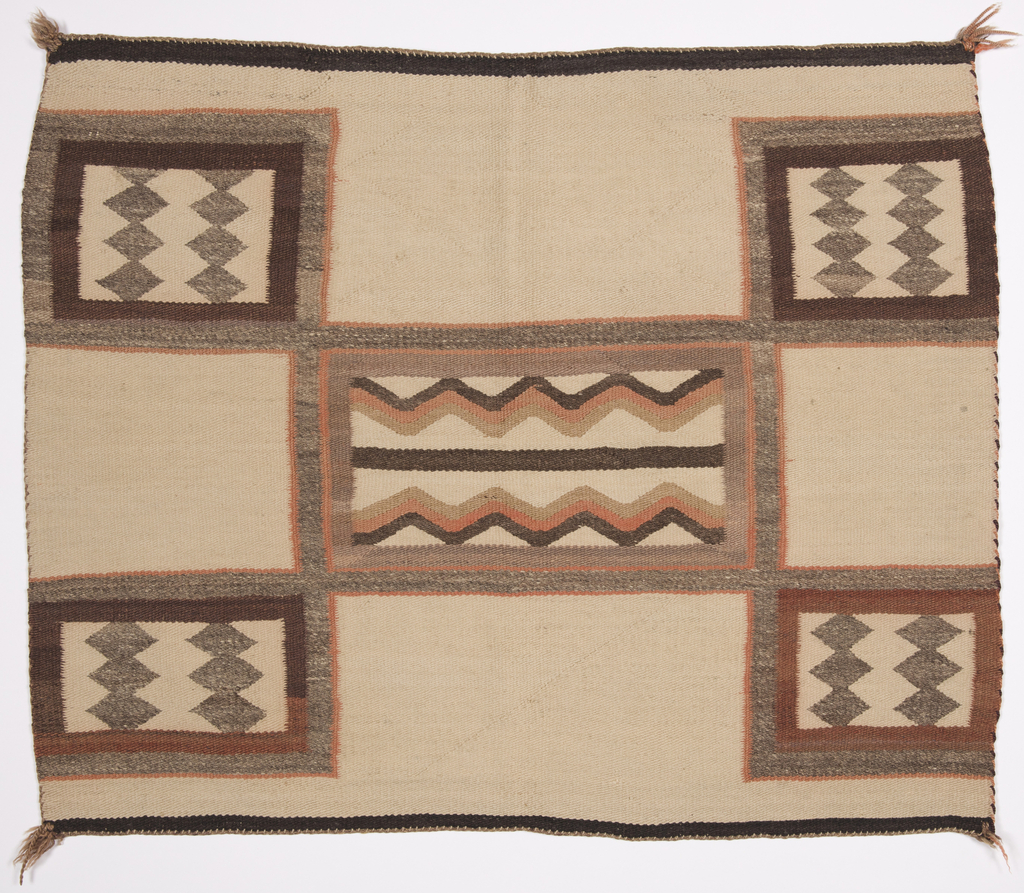This stainless steel sugar bowl designed by architect Michael Graves for Italian metalwork manufacturer Alessi S.p.A. is part of a line of kitchen and table wares that have found their way into homes around the world. Graves’s model 9093 whistling kettle of 1985 was the initial object in the range. The conical shape–with its polished...
The sophisticated visual culture of the Kuba kingdom has been noted since the first explorers visited the region. Abstract geometric patterning is deployed across all media, from scarification of the skin to textiles, basketry, pottery, and even the woven walls of noble dwellings. The devices of color alternation, contrast of surface texture, and play of...
Émile-Jacques Ruhlmann, the designer of this commode, produced a number of luxury furniture pieces throughout the 1920s and early 1930s that represent the pinnacle of French Art Deco design. His work often imbued historical cabinetmaking techniques and forms with a vibrant and modern spirit. Though he achieved notoriety for his furniture, his firm also produced...
Gay Façade, a textile design featuring whimsical line drawings of geometrically shaped suns with smiling faces, was designed by John Hull for Associated American Artists. It was produced in multiple colorways, another of which (1994-38-8) is currently in the museum’s collection. In this version, suns are outlined in black and partially filled by red and...
Just as burning curiosity turns our heads heavenwards to investigate the mysteries of the sky, this wallpaper seizes our gaze through its fiery appeal, beckoning us to contemplate it’s piercing reds and swirling repeats. Eerie but whimsical faces peer back at the viewer, each sun has a small grin in one moment and a perfectly...
Author: Elena Phipps In celebration of the third annual New York Textile Month, members of the Textile Society of America will author Object of the Day for the month of September. A non-profit professional organization of scholars, educators, and artists in the field of textiles, TSA provides an international forum for the exchange and dissemination...
This very modern looking gold brooch dates to the 1870s. Its geometric form is comprised of cylindrical elements and tiny rivet-like bosses (round knobs, studs, or other protuberances). The symmetrical structure features a central shaft with two sets of ten small cylinders bundled around the center. Encircling these is a large beaded band at the...
“Tumbling Blocks” is one of the most recognizable quilt patterns. As popular today as it was from the mid to late 1800s, it is a requisite pattern for any quilt collection. The roots of the pattern date back far longer than its use for American quilts. Tumbling Blocks has a long history in the grammar...
This single saddle blanket features five rectangles, each filled with the zigzag and diamond patterns the Navajo adapted so successfully from the Mexican serape. While in the 1870s and 80s these motifs were paired with exuberant use of color, by the 1880s some traders, such as J.L. Hubbell and C.N. Cotton, began to push for...
